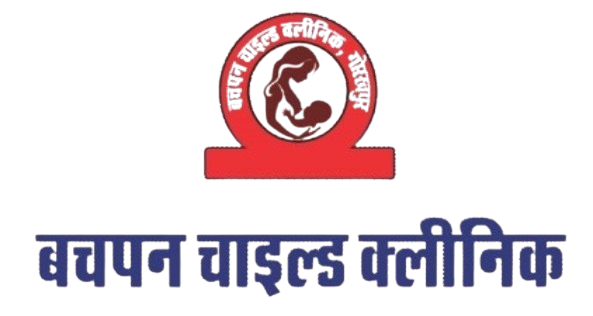Asthma is a chronic respiratory condition that affects the airways in the lungs, making them inflamed and narrow, which can lead to difficulty breathing. Here are some key points about asthma in children:
Symptoms
- Wheezing: A whistling sound when breathing, especially during exhalation.
- Coughing: Often worsens at night or during exercise.
- Shortness of Breath: Difficulty in breathing, especially during physical activity.
- Chest Tightness: A feeling of pressure or tightness in the chest.
Triggers
Asthma can be triggered by various factors, including:
- Allergens: Pollen, dust mites, mold, pet dander.
- Irritants: Tobacco smoke, air pollution, strong odors.
- Respiratory Infections: Colds or flu can exacerbate symptoms.
- Weather Changes: Cold air or sudden temperature changes.
- Exercise: Especially in cold, dry air.
Diagnosis
- Medical History: Reviewing symptoms and family history of asthma or allergies.
- Physical Examination: Checking for wheezing or signs of respiratory distress.
- Lung Function Tests: Spirometry to measure how well the lungs are functioning.
Treatment
- Medications:
- Long-term Control Medications: Such as inhaled corticosteroids to reduce inflammation.
- Quick-Relief (Rescue) Medications: Such as bronchodilators to relieve symptoms during an asthma attack.
- Avoiding Triggers: Identifying and minimizing exposure to known triggers.
- Asthma Action Plan: A personalized plan outlining how to manage asthma daily and what to do in case of an exacerbation.
Management
- Regular Monitoring: Keeping track of symptoms and peak flow measurements.
- Education: Teaching children and caregivers about asthma, medication use, and recognizing early signs of an asthma attack.
- Regular Check-ups: Frequent visits to the pediatrician or asthma specialist to adjust treatment as needed.
Prognosis
Many children with asthma can manage their symptoms effectively with proper treatment and care. Some may outgrow asthma as they get older, while others may continue to have symptoms into adulthood.
